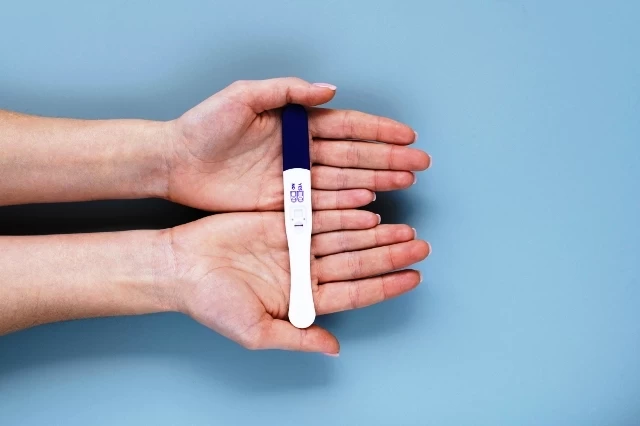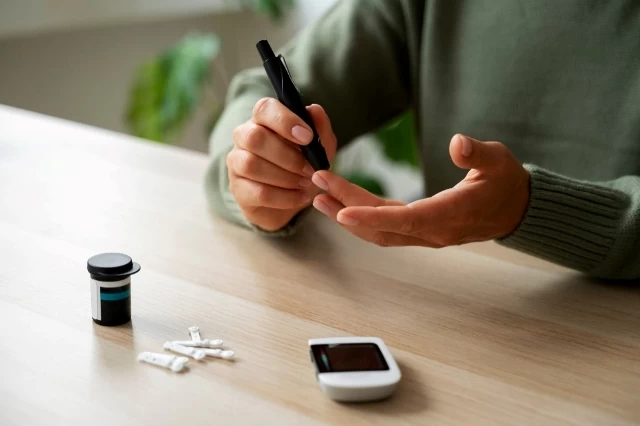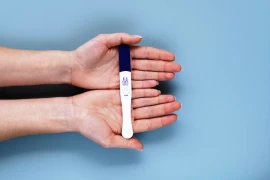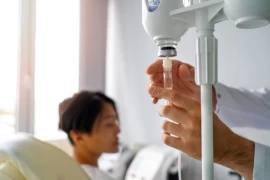
Insulin Resistance: What It Is and What It Isn't
- Insulin Resistance: What It Is and What It Isn't
- What is Insulin?
- What Happens with Excessive Sugar Consumption?
- Correcting Insulin Resistance
One of the most common phrases I've heard in recent years is, "I already have insulin resistance, that's why I can't lose weight. So, I started taking medication!" This misguided approach to insulin resistance creates numerous obstacles to correcting it.
What is Insulin?
First, let's briefly understand what insulin is; insulin is a hormone released from the pancreas that regulates blood sugar levels. Eating triggers the secretion of insulin. Insulin acts like a key. There are locks on the surface of cells that are compatible with insulin. When blood sugar begins to rise, insulin opens these locks, allowing sugar to enter the cells. The sole purpose of insulin is to prevent excessive elevation of sugar.
What Happens with Excessive Sugar Consumption?
So, what happens if you consume more sugar (carbohydrates) than you need? Just as when you cook at home, there are leftovers and dirty dishes, when energy is produced inside cells, waste materials naturally accumulate. These accumulated waste materials are called reactive oxygen species (ROS). When the detox system, which cleanses our cells, works sufficiently, accumulated waste is easily cleared and removed from the body. However, if you consume carbohydrates beyond what your body needs or if you don't get enough vitamins, minerals, and amino acids necessary for detoxification, the cleansing and removal system of waste within cells becomes disrupted, and ROS accumulate within the cells. Accumulated oxygen radicals cause rusting similar to iron. As the locks to which insulin binds rust, insulin becomes unable to deliver sugar into the cells. This condition is called 'insulin resistance.' When resistance develops, sugar unable to enter the cells begins to rise in the blood. As blood sugar rises, the pancreas produces more insulin to lower the sugar. As insulin levels increase, sugar that cannot enter the cells is transported to the liver and converted into fat. The produced fat accumulates first in the liver, then around internal organs and under the skin, leading to weight gain.
As insulin levels rise, the desire to eat also increases. Because every time sugar rises, insulin is released; if there is resistance, the pancreas produces more insulin to overcome the resistance. Insulin facilitates the conversion of sugar into fat for storage, but meanwhile, blood sugar may drop to even lower levels than before eating. In this case, the individual feels hunger and a craving for sugar due to a sudden drop in blood sugar. This condition is called 'reactive hypoglycemia.' Reactive hypoglycemia has become a commonly seen condition and a well-known term in society. The biggest mistake made is advising the person to eat things that raise their sugar whenever their sugar drops. This is as ineffective as telling a smoker trying to quit to light a cigarette, take a few puffs, and then throw the rest away. Do you think a smoker can light a cigarette, take 2 puffs, and then extinguish the rest?
Contrary to what is commonly believed when insulin resistance occurs, cells are not saturated with sugar; because sugar cannot enter the cells, cellular hunger occurs, resulting in the individual experiencing energy deprivation. Therefore, individuals with insulin resistance or type 2 diabetes experience chronic fatigue and weakness.

Correcting Insulin Resistance
So, how can we correct insulin resistance?
- A diet low in carbohydrates tailored to the individual's needs
- An exercise program such as walking, swimming, or pilates that prevents the body from becoming stressed
- Insulin resistance can be completely reversed with the right medical detox program tailored to individual needs, thus reversing the process leading to type 2 diabetes.
Remember, with the right diet, exercise, and detox program, insulin resistance can be completely corrected. If left untreated, blood sugar continues to rise, leading to the development of type 2 diabetes. Damage due to diabetes-related nerve damage, eye, kidney, and vascular damage gradually becomes visible over the years, even if you have not yet been diagnosed with diabetes, but only have insulin resistance. The earlier it is detected and treated, the less damage your body will incur.

Dr. Nalan Deniz Baştuğ





